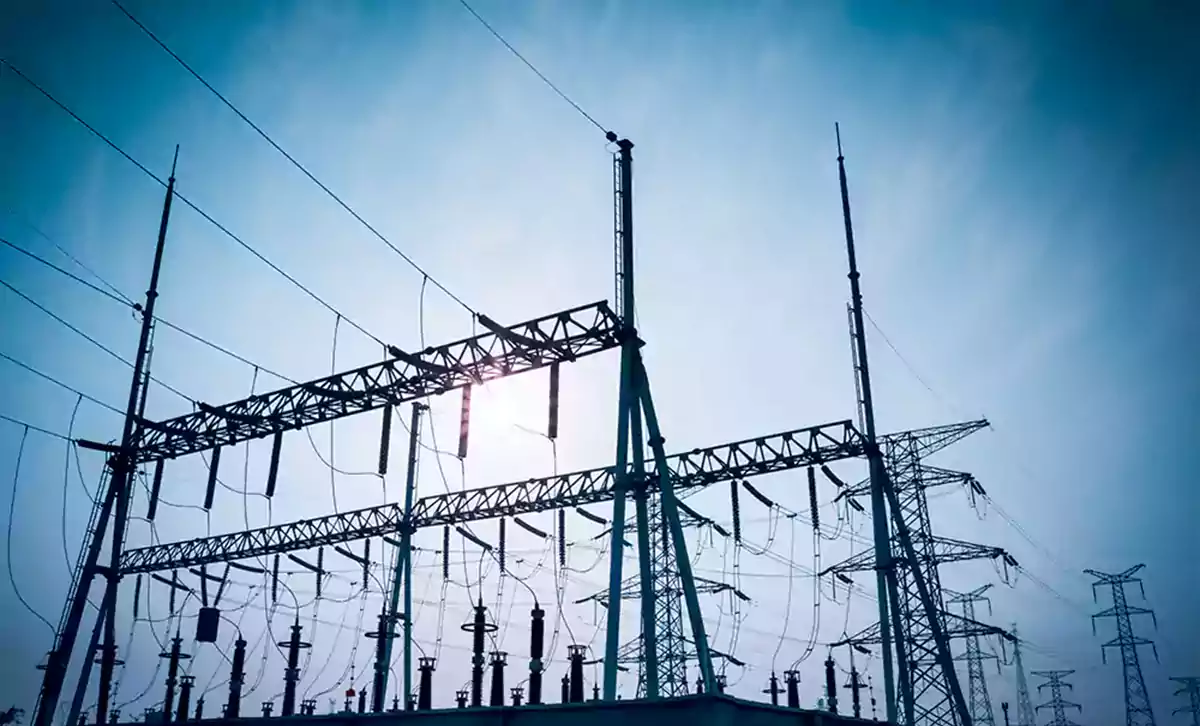The day the oil and gas industry ceases to exist forever, about 2.6 million miles of pipelines will be left in the United States alone as a lasting legacy.
These pipes can release toxic substances into the environment and groundwater. Most countries and people have been wondering what will happen to the industry’s transmission pipelines after the end of the fossil fuel cycle. The question is, who is responsible for these pipes and the pollution they cause in people’s living environments?
One of the examples of this problem is the pipeline- 3 that has been put aside from transport activity and companies were seeking to build a new pipe; that the Environment Agency opposed the construction of a new line and saying that everyone should look at pipeline 3 as the future of the environment.
Pipeline 3 is known as a vital link in North America, which leads to a maximum of 760 thousand barrels of crude oil over 1,000 miles from Alberta to Wisconsin and Minnesota. But the transmission capacity of the pipeline has decreased by nearly half because of aging.
According to the engineers, this pipeline can use by maintenance; but the maximum transfer rate (760,000 barrels of oil per day) can be reached again with the creation and construction of a new transmission pipeline.
The Environment Agency has opposed the construction of a new pipeline because it would re-pollute the living environment of North Americans.
There are many ways to secure a pipeline. This process involves cutting the pipe, cleaning it, and filling or blocking it to prevent it from turning into a water pipe or other material. Environmental monitoring is also needed to reduce any potential hazards to the environment.
Alan Pentney “A proper maintenance can prevent hundreds of years of pollution and environmental degradation. In some cases, the release of old oil and gas pipelines in the environment can cause less damage to the environment.
In North America, the contractor took a heavy indemnity to keep the pipeline in place in the north of the United States by paying massive compensation to owners of the land that lay in them. But the key to this action is the high risk of transmission of pollution to the ground and groundwater.
The amount of compensation the company paid was $ 85 million, which also included $ 100,000 per year to monitor the blocked pipeline.
The fact is that oil demand will soon decline in the future and many more pipelines are expected to be abandoned. Because due to lower demand, the income of this industry will decrease so no action will be taken to monitor and maintain the oil and gas transmission pipelines.
It is hoped that this will prevent or minimize future damage to the environment by oil and gas pipelines.
Source: theverege.com








